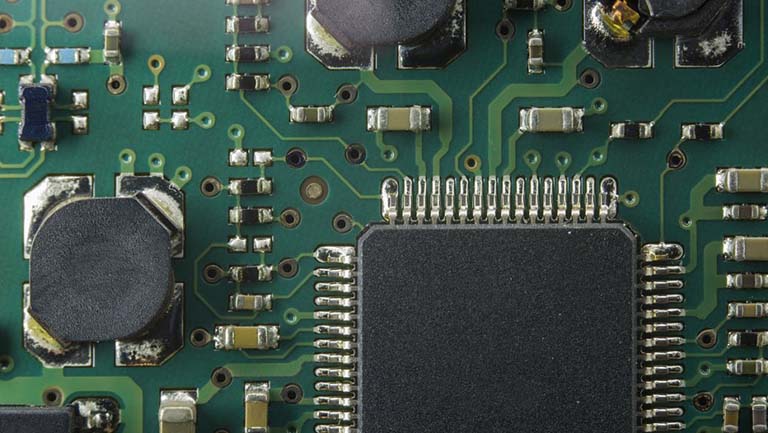
It refers to the positive current value of the luminescent diode when it is normally luminous. In actual use, IF below 0.6·IFm should be selected as required.
The operating voltage given in the parameter table is obtained at a given positive current. This is usually measured at IF=20mA. The positive operating voltage of the leds is VF between 1.4 and 3V. As the external temperature increases, VF will decrease.
The relationship between the voltage and the current of the luminescent diode, when the positive voltage is less than a certain value (called threshold), the current is too small to emit light. When the voltage exceeds a certain value, the forward current increases rapidly with the voltage and lights up.
The luminescence intensity of the leds is usually the luminescence intensity in the direction of the normal line (the axis of the tube). If the radiation intensity in this direction is (1/683) W/sr, the luminescence is 1 kendra (symbol CD). Due to the general LED light intensity is small, so the light intensity is commonly used as candlelight (kendra, MCD) units.
- 90 ° - + 90 °
It represents the spectral purity of the tubes.
1/2 is the Angle between the direction where the luminescence intensity is half of the axial intensity and the axial (normal) direction of the luminescence.
The Angle converted from the solid Angle of LED light, also known as plane Angle.
Refers to the maximum Angle of LED light, depending on the Angle of view, the application is different, also known as light intensity Angle.
The Angle between the normal direction 0° and the maximum luminous intensity value /2. Strictly speaking, it is the Angle between the maximum luminous intensity value and the maximum luminous intensity value /2. The packaging technology of LED leads to that the maximum luminous Angle is not the intensity value of normal 0°, and the deviation Angle is introduced, which refers to the included Angle between the Angle corresponding to the maximum luminous intensity and normal 0°.
The maximum positive dc current allowed to be added. Exceeding this value can damage the diode.
Maximum allowable reverse voltage. Beyond this value, the leds may be damaged by breakdown.
The range of ambient temperatures in which a luminescent diode can operate normally. Below or above this temperature range, the luminescent diode will not work properly and the efficiency will be greatly reduced.
The maximum allowed value of the product of the direct current voltage and the current flowing through the LED. Beyond this value, LED heating, damage.
Tel: +86-021-33555507
Email: [email protected]
Add: No.655 Jiujing Road, Songjiang District Shanghai, China, 201615